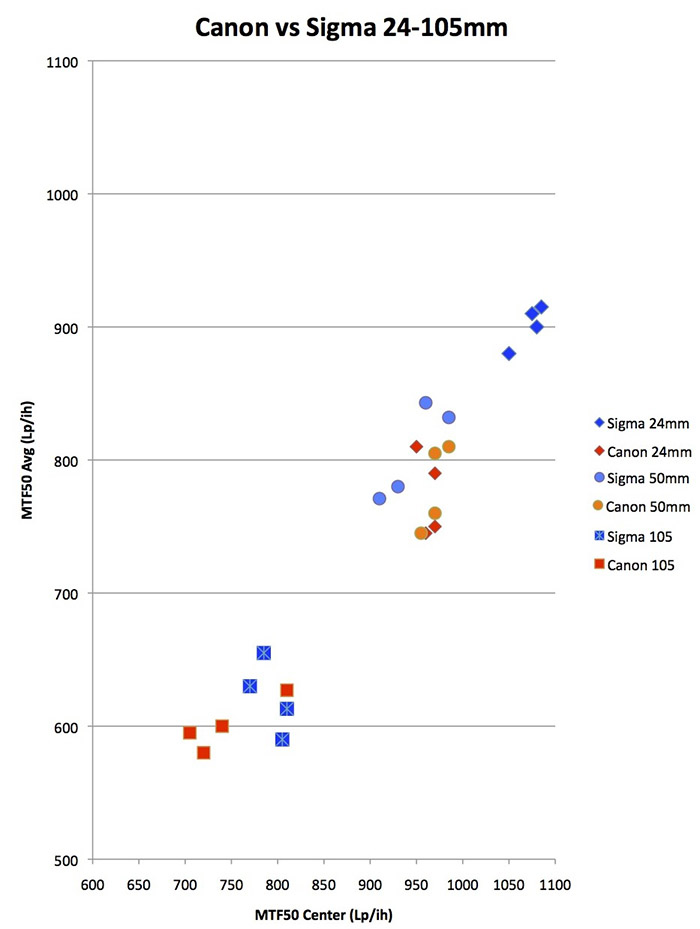
-
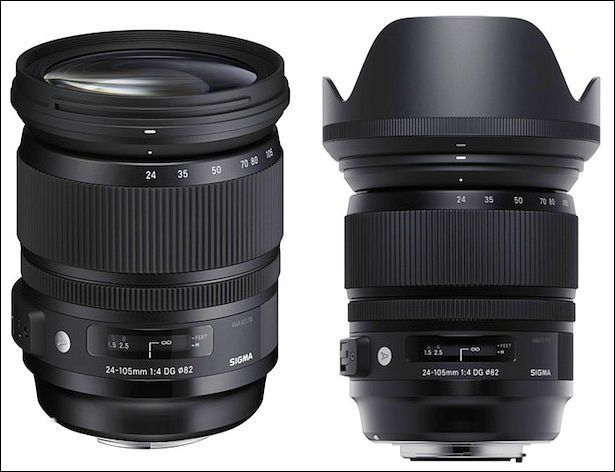
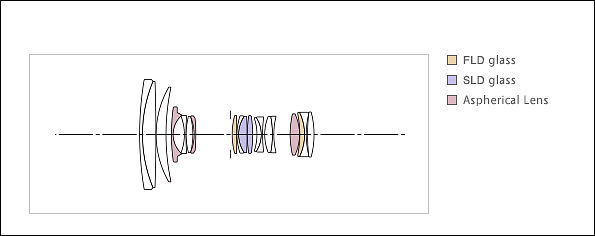
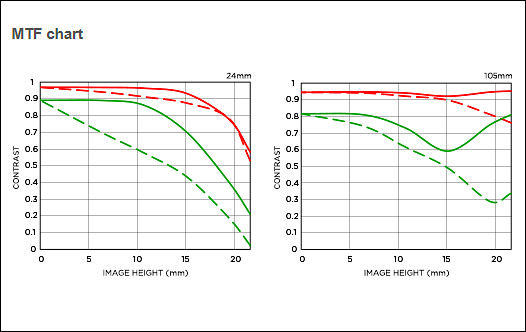
- Lens Construction - 19 elements in 14 groups
- Minimum aperture - F22
- Filter size - 82mm
- Minimum focusing distance - 45cm
- diameter 88.6mm x 109.4mm length
- Diaphragm blades - 9
- Weight - 885g
Useful links:
PR
Sigma Corporation of America, a leading researcher, developer, manufacturer and service provider of some of the world's most impressive lines of lenses, cameras and flashes, today announced its newest addition to the Sigma Art line of lenses for full-frame cameras, the 24-105mm F4 DG OS HSM.
True to its categorization as a Sigma Art lens, the new 24-105mm F4 DG OS HSM is designed for artistic expression and top-notch image quality. This versatile lens covers the basic shooting range from wide to medium tele with an inner focusing system that eliminates front lens rotation, enhancing the lens stability and allowing the use of circular polarizing filters. It also boasts a constant aperture of F4, and contains Sigma’s proprietary Optical Stabilizer (OS) technology to compensate for camera shake. Moreover, it was designed to surpass the required quality inspection of every Global Vision lens with Sigma’s own modulation transfer function (MTF) “A1” measuring system to create new optical standard to align with the high-spec cameras on today’s market.
“For many years, Sigma users have been seeking a standard zoom lens in this range,” said Mark Amir-Hamzeh, president of Sigma Corporation of America. “The 24-105mm F4 DG OS HSM is yet another example of Sigma listening to its users and delivering new and innovative products with the highest image quality.”
Amir-Hamzeh added that this new lens combines the largest possible fixed aperture to zoom ratio that will maintain optimal integrity for many kinds of photography, including landscapes, architecture, portraiture and still-life. With a minimum focusing distance of 45cm and a maximum magnification ratio of 1:4.6, this lens is also excellent for close-up photography. High-performance glass elements, including SLD, FLD, which is equal to fluorite, and glass- molded single- and double-sided aspheric lenses have been included into the optical system to prevent aberration, field curvature, distortions and color aberration. The 24-105mm F4 DG OS HSM lens is also able to suppress chromatic aberration very effectively at the telephoto-end, and can achieve superior image quality throughout the zoom range. Unlike lenses with similar specifications, this lens overcomes low peripheral brightness. Although it is designed for full frame cameras, it also works with APS-C sensors, giving an increase to focal length.
The lens’ Hyper Sonic Motor (HSM) ensures a silent, high-speed auto focus function and enables full-time manual focusing capability. The 24-105mm is also compatible with Sigma’s USB dock allowing photographers to update its firmware and change focus parameters using Sigma's Optimization Pro software. It is also compatible with Sigma’s recently announced Mount Conversion Service.
-
Definitely a solid lookin' piece of glass. I really hope they drop the 24-70/2 OS rumored... that would just end it, for me.
-
Sigma Corporation announces pricing, timing for new 24-105mm F4 DG OS HSM lens
Versatile and stabilized standard zoom lens starts shipping in November for street price of $899
Preorder at:
-
This lens should be a killer if: Better distortion at 24mm than the Canon 24-105L, and sharper than the 24-105 Nikkor...
-
I'm really hoping this lens is going to be parfocal.
-

 levels3.jpg800 x 560 - 72K
levels3.jpg800 x 560 - 72K
 levels4.jpg800 x 538 - 72K
levels4.jpg800 x 538 - 72K -

 positive11.jpg800 x 530 - 229K
positive11.jpg800 x 530 - 229K -
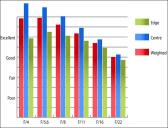
 lens.jpg637 x 486 - 59K
lens.jpg637 x 486 - 59K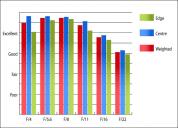
 lens1.jpg663 x 478 - 60K
lens1.jpg663 x 478 - 60K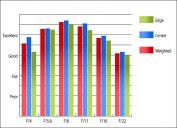
 lens2.jpg662 x 480 - 59K
lens2.jpg662 x 480 - 59K
 positive10.jpg800 x 545 - 60K
positive10.jpg800 x 545 - 60K -
At 24mm through 35mm, this lens is very sharp across the frame with some minor full frame corner improvement showing at f/5.6. Using a 1 or two stop narrower-than-max aperture usually delivers better image sharpness, but the only reason to stop this lens down to f/8 in the 24-35mm range is for increased depth of field or a longer exposure.
Though still quite sharp at 50mm, I can see a very slight decline in wide open aperture image sharpness across the frame. Stopping down to f/5.6 results in a very slightly sharper center of the frame and a more-noticeable improvement in corner sharpness. Sharpness at 70mm is very similar to sharpness at 50mm, though the corners show more clean-up continuing at f/8. Still, image quality in the 50-70mm range is very good – only bested slightly by the 24-35mm results.
At 105mm, wide open aperture image sharpness takes a more noticeable decline. The across-the-frame improvement at f/5.6 is strong with corners showing slight improvement at f/8. While 105mm f/4 is usable, f/5.6 will make you smile big.
http://www.the-digital-picture.com/Reviews/Sigma-24-105mm-f-4.0-DG-OS-HSM-Art-Lens.aspx
-
Given its popularity, Canon has been slow to replace the EF24-105mm f4L IS USM, and it has provided rival Sigma with the opportunity to gain some leverage in this highly competitive sector. Sigma are sure to be rewarded as it’s not only a superb performer optically, at $899 it comfortably undercuts the Canon and is well worth taking a closer look.
http://www.dxomark.com/Reviews/Sigma-24-105mm-F4-DG-OS-HSM-A-Canon-mount-lens-review-A-new-standard
-
Will you stop posting reviews about this damn lens!! I'm spending so much damn money lately my girlfriend is going to murder me!!!!!!!!!!!!
Must resist the Borg.
-
Bit slow maybe? I have the sigma 18-35 1.8 and the new metabones bmpcc nikon speedbooster. This would make this lens a 14-60 range at f2.4 which is good for low light but not great.
-
@lmackreath, I don't understand how with the metabone it makes a f2.4 Isn't it suppose to be a 1 f-stop gain. Doesn't that makes the f4-->f3.5 or what I'm I missing?
-
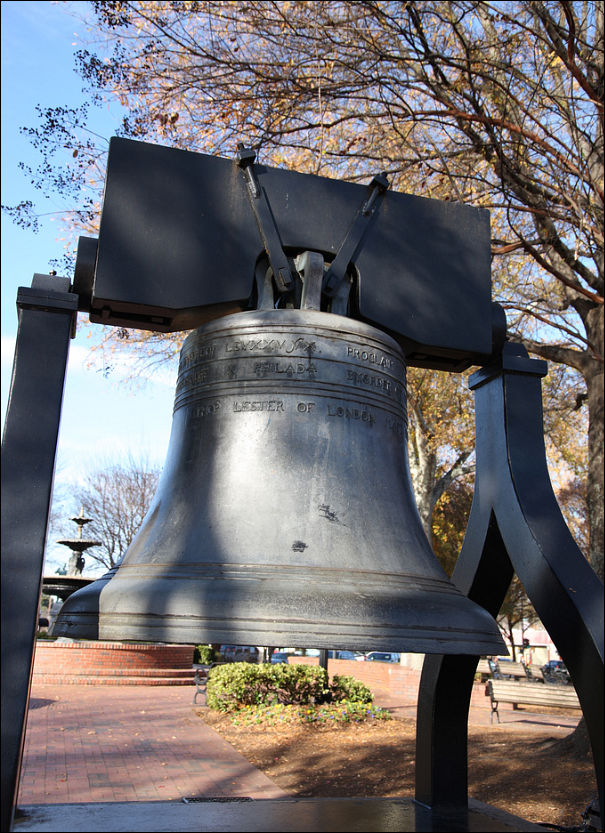
Overall, the Sigma 24-105mm is a very sharp lens, particularly in the center. On our full-frame camera, we saw excellent center sharpness wide open, throughout the zoom range. At the shorter focal lengths, there's some corner softness at the wider apertures, but stopping down helps sharpen things up a bit.
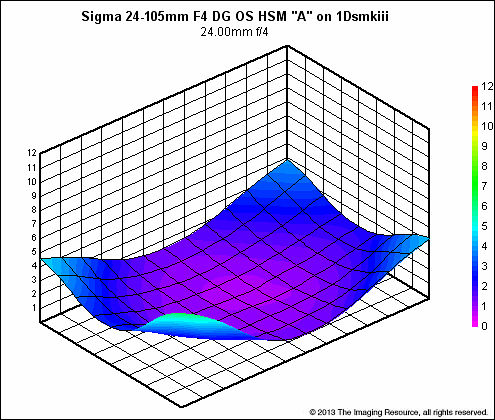
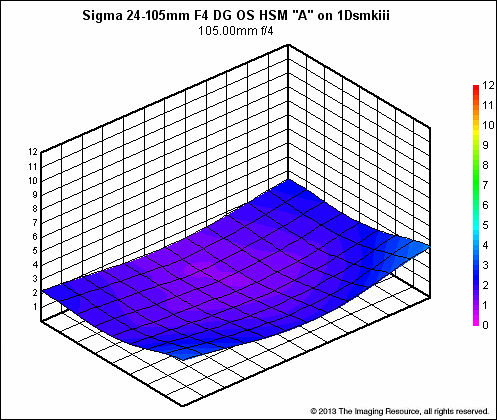

 ph11.jpg605 x 833 - 164K
ph11.jpg605 x 833 - 164K
 ph9.jpg495 x 420 - 77K
ph9.jpg495 x 420 - 77K
 ph10.jpg497 x 420 - 76K
ph10.jpg497 x 420 - 76K -
@HillTop1 He's talking about the BMPCC speedbooster, which is a 0.58x and 1 and 2/3 stop increase.
And besides f4 becomes f2.8 with a one stop increase, f3.5 is only a half stop faster.
On a regular speedbooster this lens would be equivalent to a 17-75mm f2.8
If you want to do the math yourself just load up a calculator, punch in 4 (or any aperture) times 0.71 (or 0.58), which is the focal reduction amount and thus light transmission compression amount (as they are both characteristics of image circle / sensor size relationship that is being modified).
-
Anyone know if image from the Sigma 24-105 is the same as the Sigma 18-35? (Or at least closely matches.)
-
@matt_gh2 It's the same series so I would imagine they made them match. That would be a little foolish of Sigma to do the opposite.
-
@vicharris Ok-cool. I'm thinking about gear for next project and these Sigma lenses caught my eye. Thanks.
-
Yep. I have the 18-35 and just bought the Sigma 50mm 1.4 to go with it. It matches really well and I've seen the Tokina 100mm 2.8 go really well too. It's the way I'm leaning now.
-
Great advice 're getting that 50. Will def check it out. Thanks.
-

 sales48.jpg800 x 1204 - 229K
sales48.jpg800 x 1204 - 229K -
Centre sharpness remains high through from f/4 to f/11, with f/16 and f/22 being adversely affected by diffraction. The edges aren't nearly as sharp as the centre, with f/5.6-11 producing the sharpest results.
http://www.photographyblog.com/reviews/sigma_24_105mm_f4_dg_os_hsm_review/
Howdy, Stranger!
It looks like you're new here. If you want to get involved, click one of these buttons!
Categories
- Topics List23,993
- Blog5,725
- General and News1,354
- Hacks and Patches1,153
- ↳ Top Settings33
- ↳ Beginners256
- ↳ Archives402
- ↳ Hacks News and Development56
- Cameras2,368
- ↳ Panasonic995
- ↳ Canon118
- ↳ Sony156
- ↳ Nikon96
- ↳ Pentax and Samsung70
- ↳ Olympus and Fujifilm102
- ↳ Compacts and Camcorders300
- ↳ Smartphones for video97
- ↳ Pro Video Cameras191
- ↳ BlackMagic and other raw cameras116
- Skill1,960
- ↳ Business and distribution66
- ↳ Preparation, scripts and legal38
- ↳ Art149
- ↳ Import, Convert, Exporting291
- ↳ Editors191
- ↳ Effects and stunts115
- ↳ Color grading197
- ↳ Sound and Music280
- ↳ Lighting96
- ↳ Software and storage tips266
- Gear5,420
- ↳ Filters, Adapters, Matte boxes344
- ↳ Lenses1,582
- ↳ Follow focus and gears93
- ↳ Sound499
- ↳ Lighting gear314
- ↳ Camera movement230
- ↳ Gimbals and copters302
- ↳ Rigs and related stuff273
- ↳ Power solutions83
- ↳ Monitors and viewfinders340
- ↳ Tripods and fluid heads139
- ↳ Storage286
- ↳ Computers and studio gear560
- ↳ VR and 3D248
- Showcase1,859
- Marketplace2,834
- Offtopic1,320















